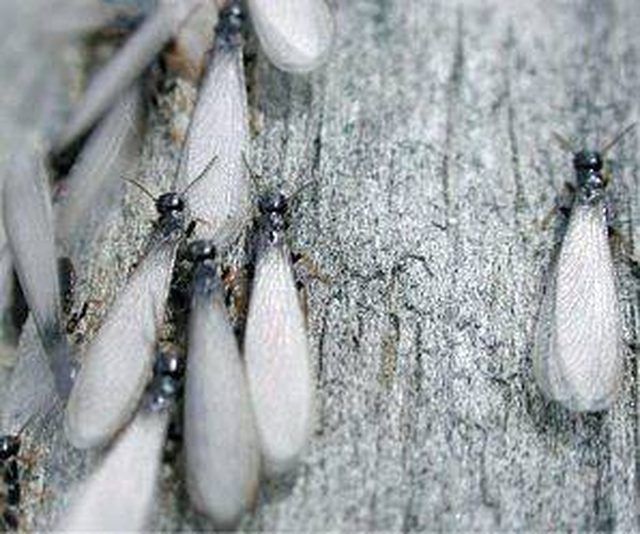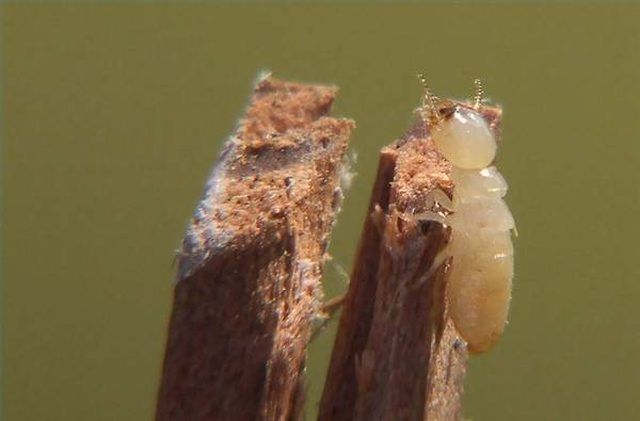Bulbs
Flower Basics
Flower Beds & Specialty Gardens
Flower Garden
Garden Furniture
Garden Gnomes
Garden Seeds
Garden Sheds
Garden Statues
Garden Tools & Supplies
Gardening Basics
Green & Organic
Groundcovers & Vines
Growing Annuals
Growing Basil
Growing Beans
Growing Berries
Growing Blueberries
Growing Cactus
Growing Corn
Growing Cotton
Growing Edibles
Growing Flowers
Growing Garlic
Growing Grapes
Growing Grass
Growing Herbs
Growing Jasmine
Growing Mint
Growing Mushrooms
Orchids
Growing Peanuts
Growing Perennials
Growing Plants
Growing Rosemary
Growing Roses
Growing Strawberries
Growing Sunflowers
Growing Thyme
Growing Tomatoes
Growing Tulips
Growing Vegetables
Herb Basics
Herb Garden
Indoor Growing
Landscaping Basics
Landscaping Patios
Landscaping Plants
Landscaping Shrubs
Landscaping Trees
Landscaping Walks & Pathways
Lawn Basics
Lawn Maintenance
Lawn Mowers
Lawn Ornaments
Lawn Planting
Lawn Tools
Outdoor Growing
Overall Landscape Planning
Pests, Weeds & Problems
Plant Basics
Rock Garden
Rose Garden
Shrubs
Soil
Specialty Gardens
Trees
Vegetable Garden
Yard Maintenance
How to Spot Termites
How to Spot Termites. Termites are destructive insects that cause extensive damage to buildings, furniture, books and trees. They look a bit like ants, but cause far more damage. If left untreated, termites can completely take over and destroy a building or home. Therefore, once termites are spotted, a professional exterminator is usually needed to...

Termites are destructive insects that cause extensive damage to buildings, furniture, books and trees. They look a bit like ants, but cause far more damage. If left untreated, termites can completely take over and destroy a building or home. Therefore, once termites are spotted, a professional exterminator is usually needed to get rid of the pests for good. The first step in determining whether or not you have a termite infestation is to learn how to identify the insect and look for signs of infestation and damage.
Things You'll Need
Magnifying glass
Look for whitish, translucent insects with a soft pointy body and six stubby legs. Check to see if you can identify the insect's eyes. Use a magnifying glass if necessary, but avoid touching the insect. Most termites do not have well developed eyes. Winged termites, however, do have tiny eyes that can be spotted.

Know the difference between winged ants and termites. Many people confuse termites and winged ants. Unlike winged ants, termites have straight antennae, two wings of equal size and a waist that is slightly smaller than their head. Winged ants, however, have crooked antennae, a small waist, and a second pair of wings that is smaller than its primary set of wings.
Inspect walls and foundations. If termites are present, you may see tiny mud tubes running down the length of a wall. Termites construct mud tubes for shelter and as a way to move from colony to colony. The tubes, about the thickness of a pencil, can be broken open to see if termites are present.
Check baseboards, window frames, floor coverings and exposed wood for signs of termite infestation. If chunks and slivers of wood are missing, or if small piles of sawdust are present near windows and doors or in the garage, termites are likely present.
Check for termites in hidden areas. Termites often live behind walls or underneath flooring, where they cannot easily be seen. Because of this, termite infestations can often go undetected for years. Remember, termites are insects that do not like to make their presence known.
Tips & Warnings
Termite infestations usually begin in the spring.
Contact a professional exterminator if you spot termites in your home. Although there are products designed to help you get rid of termites on your own, the job is best left to the pros.